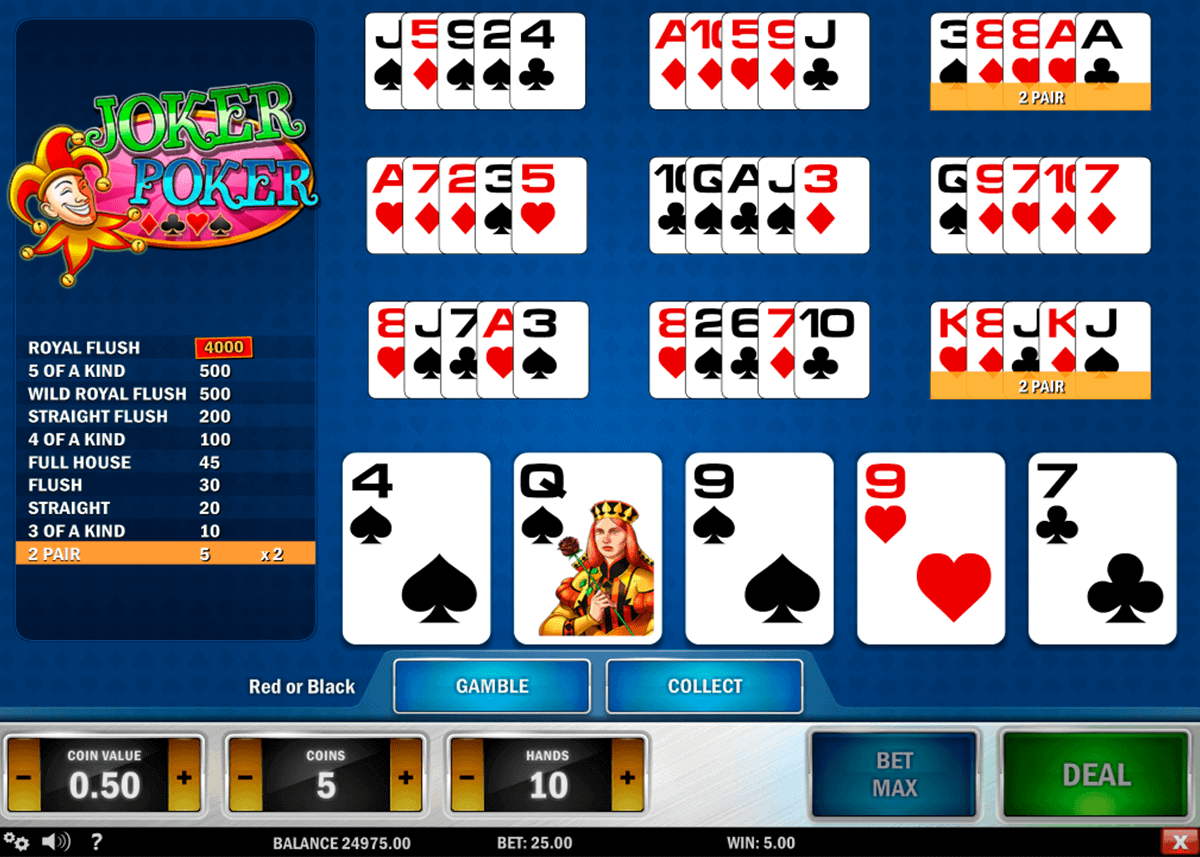Poker Regels Split Pot

A tie goes to the runner in baseball, but a tie in poker results in a split of the pot. Just what constitutes a tie can be confusing. Before you join a Sit-n-Go or play live poker you should brush up on what constitutes a tie, so let's look at some examples.
Is it considered bad etiquette to raise on a fairly obvious split-pot? Straight/royal flush on the board, or quads on the board when its fairly expected that both players have an Ace. I get quite annoyed with it currently (online play-money), as the rake is%-based. Nov 06, 2020 The pot will be split if both players have the same two pair using both their hole cards. Two pair winners are determined by first determining the best highest-ranked pair between you and your opponent, and then if these are the same, you compare the 2nd pair. Can you now work out the example we gave in the introduction? Here is broken down. In high-low games, the easiest split pot is when one player wins the high and the other wins the low. Here, you simply divide by two and each player collects their winnings. A player with the best high and the best low hand 'scoops' the whole thing.
Is this a Tie at Texas Hold'em?
Suppose there are two players left in a pot. The five community cards showing on the board are 2, 3, 4, 5 and 6, two clubs, two hearts and a diamond. Player 'A' turns over their starting hand and shows a 3 and 4. He had two pair before the river, but now the board is a straight.
Player 'B' turns over their cards and shows a King and a Queen of clubs. They had four clubs and missed the flush on the river. So, who wins?
In Texas Hold'em, the highest combination of five cards wins the pot. So, regardless of the fact that player 'A' had two pair or that player 'B' had higher cards, the best five cards are the straight of 2-3-4-5-6, and since the game includes five community cards available to every player still in the pot, both players will use all five cards on the board to make the same hand, a 6-high straight. Thus, this hand becomes a split pot.
Of course one of the players may bluff at the pot, trying to convince the other that they hold a 7 or even a 7-8 and a higher straight. That's just advanced play and not much you can do about it.

Another Tie Example
Suppose three players call pre-flop, which shows 6-6-8. Player 'A' has pocket aces and bets, called by player 'B' who holds Ace-King suited and a four-flush, and player 'C' who flopped four to a straight. The betting is heavy. On the turn, another 6 hits the board. Now player 'A' has sixes full of aces, player be still has a 4-flush, and player 'C' folds.
The river is another 6, leaving a board of 6-6-8-6-6. Now the best hand is quad 6's with an ace, and both players remaining split the pot. Bummer for player 'A' who's full-house dominated on the turn, but turned into a split on the river!
When Kickers Play
In the last example, both players used their Ace-kicker to claim a split of the pot. Other times kickers can be even more confusing. Suppose the final board is all spades: Ace-K-6-5-4
Player 'A' has two spades in their hand, Jack and 6. Player 'B' has a pair of queens, one of which is a spade. In this case, player 'B' wins because their final hand of Ace-K-Q-6-5-4 spades is higher than player 'A's' hand of Ace-K-J-9-8 spades.
If the players had each held just a single spade in their hand, player 'A' the 2 and player 'B' the 3, this would be a split pot, as the final community cards of Ace-K-6-5-4 would be the highest hand. You'll start to understand these concepts quickly as you learn more advanced strategies.
One Last Example
5 Card Double Draw High-Low
Now suppose there is an all-in wager preflop and two players call. Player 'A' holds pocket Jacks and player 'B' hold's pocket Tens. The board comes Ace-King-Queen. Player 'A' leads and both have a straight draw. The turn is an Ace and the river is another King, for a final board of:
Ace-King-Queen-Ace-King
Looks like player 'B' caught-up! Now it's a tie because the board plays and those pocket jacks and tens aren't going to be used! It's simply two-pair (Aces and Kings) with a queen kicker!
In traditional poker games, the player with the best traditional hand wins the whole pot. Lowball variations award the pot to the lowest hand, by any of several methods (see Low hand (poker)). High-low split games are those in which the pot is divided between the player with the best traditional hand (called the high hand) and the player with the low hand.[1]
There are two common methods for playing high-low split games, called declaration and cards speak. In a declaration game, each player declares (either verbally or using markers such as chips) whether he wishes to contest for the high hand or the low hand. The lowest hand among those who declared low wins that half of the pot, and the highest hand among those who declared high wins that half (for further details, see declaration). In a cards speak game, all players simply reveal their cards at showdown and the hands are evaluated by all players; high hand wins half of the pot and low hand wins the other half.
Especially when using the ace-to-five low method, it is possible for one player to have both the low hand and the high hand, and therefore win all of the pot (called 'scooping,' 'hogging' the pot, or 'going pig'). In the event more than one player ties for either high or low, the pot can be further split into quarters or smaller fractions. For example, if one player has the high hand on showdown, and two other players tie for the best low hand, the high hand wins half of the pot and each low hand wins only a quarter of the pot.
It is common, especially in cards speak games, to require a certain hand value or better to win the low half of the pot, called a qualifier. For example, in an 'eight or better to qualify low' game, a player with a hand of eight-high or lower is entitled to win the low half of the pot (assuming his hand defeats all other low hands), but a player with a 10-high or 9-high hand cannot win, even if his hand is the lowest. In this case, the high hand wins the entire pot. There is generally no qualifier to win high, although one common variant is any pair/no pair, where a hand of at least a pair is required to win high and any hand with no pair is required to win low.
In high-low split games where each player is dealt more than five cards, each player chooses five of his cards to play as his high hand, and/or five of his cards to play as his low hand. The sets may overlap: for example, in seven-card stud played high-low split, a player dealt 7-7-6-4-4-3-2 can play a high hand of 7-7-4-4-6 (two pair, sevens and fours) and a low hand of 7-6-4-3-2 (seven-high).

Poker Etiquette On Split Pots - Poker Stack Exchange
Bluffs can be especially powerful in high-low split games, because a player making a successful bluff wins the whole pot rather than having to share it. This fact also makes bluffs less likely to succeed.
See also[edit]

References[edit]

- ^Zee, Ray (1992). High-Low-Split Poker, Seven-Card Stud and Omaha Eight-or-better for Advanced Players. Two Plus Two Pub.; 2nd edition, ISBN9781880685105[page needed]